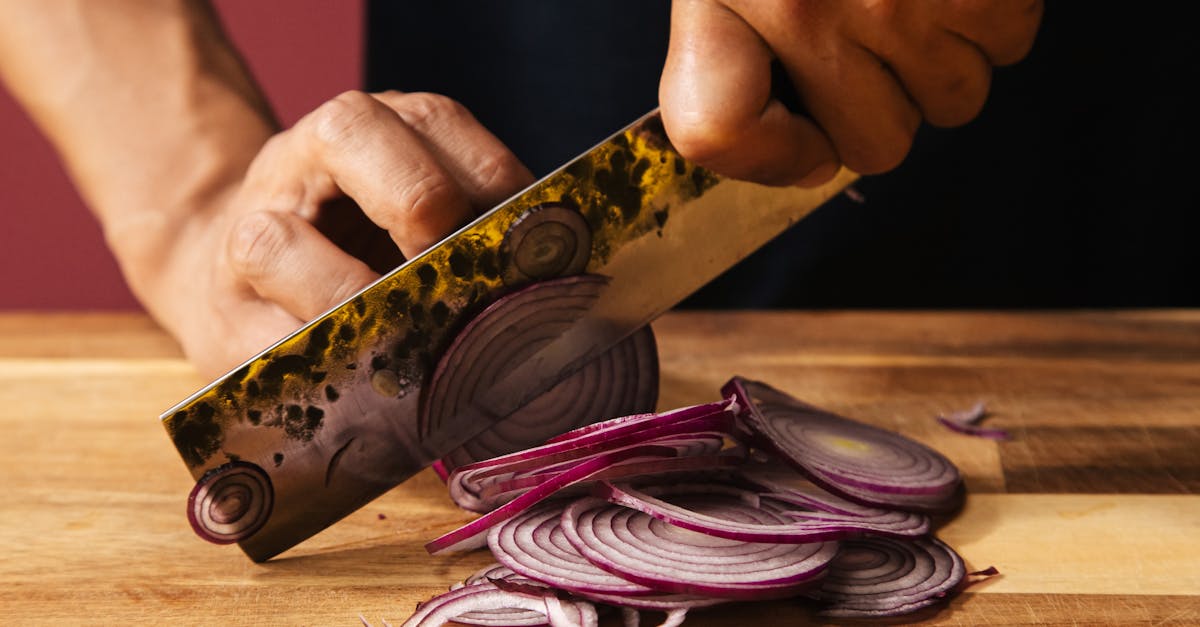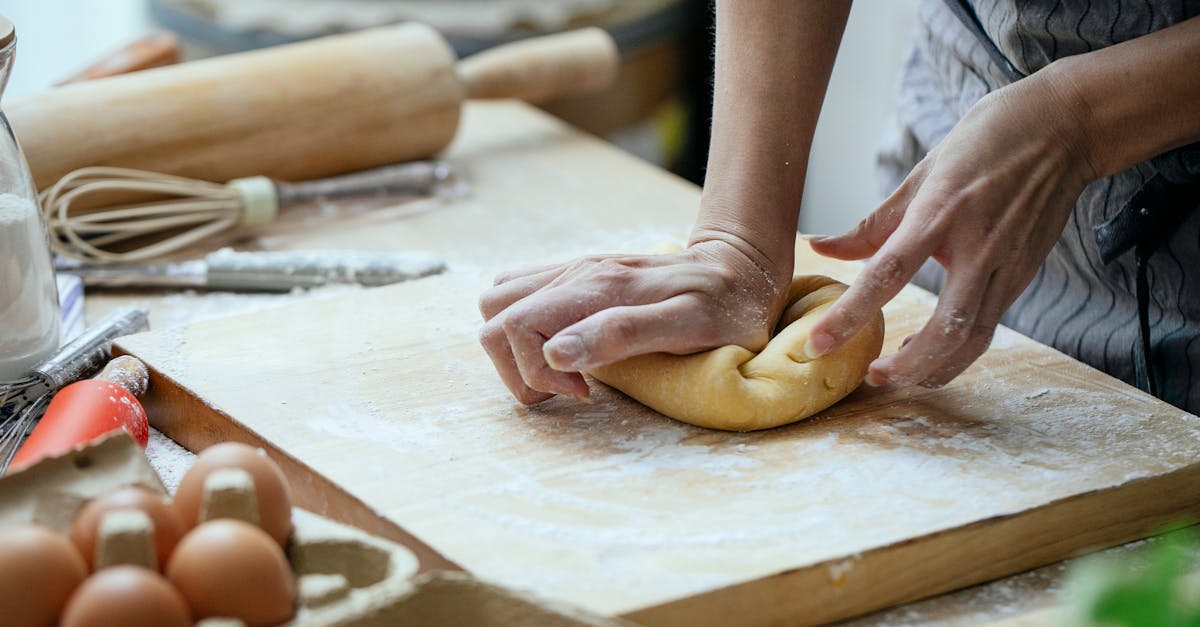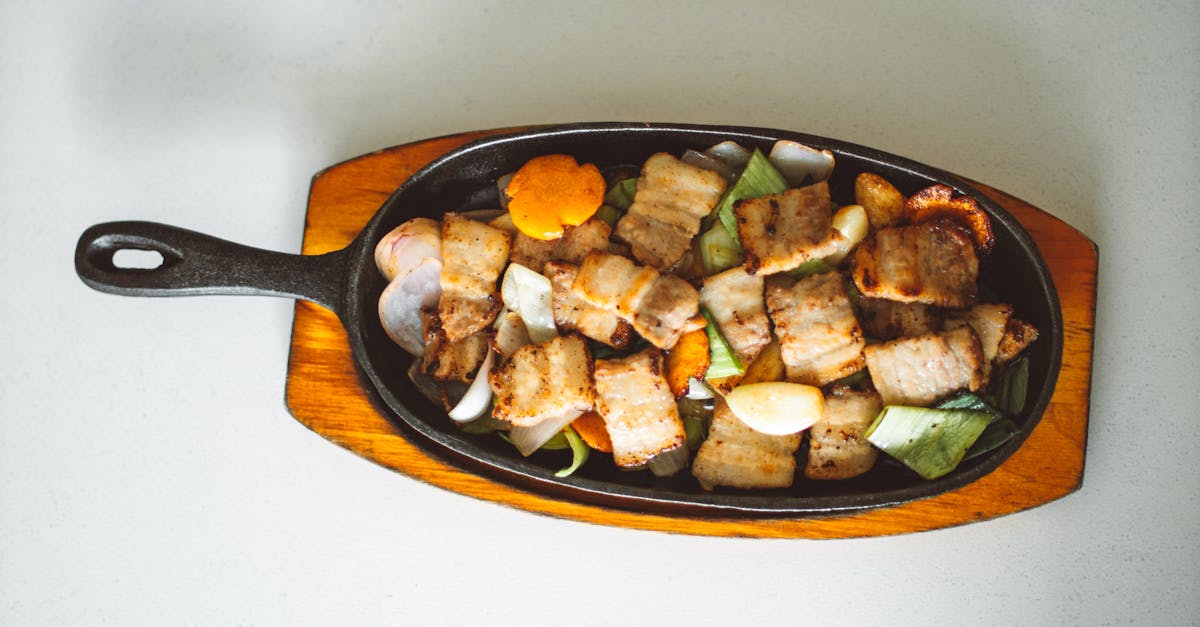Essential Knife Skills For Home Cooks
Introduction
Mastering knife skills is foundational for any home cook who wants to elevate their culinary prowess. Not only do effective knife skills enhance safety, but they also ensure efficiency in the kitchen. By learning a few essential techniques, you can prepare meals with confidence and flair.
Advertisement
Selecting the Right Knife
Choosing the right knife is the first step in developing strong knife skills. Each knife serves a specific purpose: chef's knives are versatile kitchen staples, paring knives handle intricate tasks, while serrated knives are perfect for slicing through crusty bread or delicate tomatoes. A well-balanced knife with a sharp blade is crucial for precision and safety.
Advertisement
Knife Safety Basics
Before diving into chopping and slicing, understanding knife safety is paramount. Always grip the knife firmly, keeping fingers tucked under the knuckles using the 'claw grip' to protect them from accidental cuts. Store your knives properly to maintain their edge and keep them out of children's reach.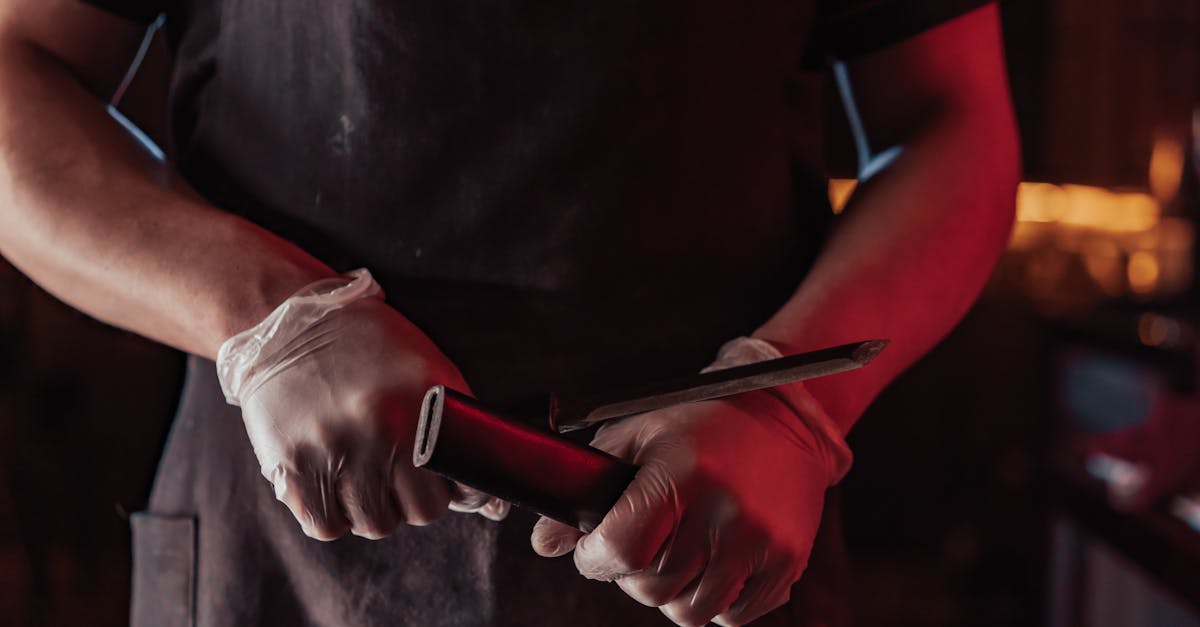
Advertisement
The Art of Chopping
Mastering the chopping technique involves using a rocking motion that utilizes the whole blade rather than just the tip. This method increases efficiency and reduces strain on your wrist. Practice chopping with consistency, focusing on uniform sizes for even cooking.
Advertisement
Proper Slicing Technique
Slicing demands a smooth, gliding action to achieve thin, precise cuts. Begin by anchoring what you are slicing, such as an onion or tomato, to prevent slipping. Aim for even, long strokes, ensuring the knife blade is angled slightly forward for maximum efficiency.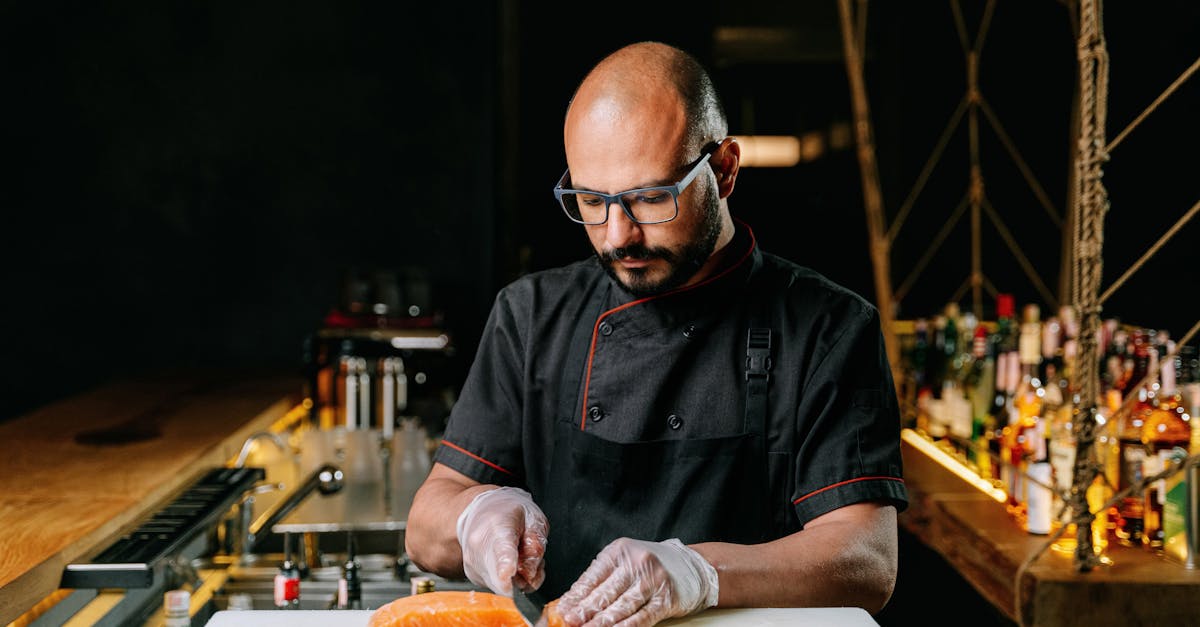
Advertisement
Precision Dicing
Dicing is a skill that requires consistent, even cuts. Start by slicing the ingredients into uniform strips, then rotate and cut into equal-sized cubes. Patience and practice are key, and soon you'll find precision dicing becomes second nature.
Advertisement
Julienne and Batonnet Cuts
For more specialized techniques, the julienne and batonnet cuts offer a touch of elegance to your dishes. The julienne cut creates thin, matchstick-like pieces ideal for garnishes, while the batonnet is slightly thicker, perfect for stir-fries and salads. Both techniques add visual flair while ensuring each piece cooks uniformly.
Advertisement
Mincing and Crushing
Mincing achieves finely chopped ingredients and is often used for garlic, herbs, and onions. Start by slicing thinly, then gather the pieces and continue chopping until the desired texture is reached. To crush, place the flat side of a knife blade on an ingredient and apply pressure, effectively breaking it down.
Advertisement
Maintaining Your Knives
Regular knife maintenance is essential to keep them sharp and functional. Use a honing steel before each use to align the blade's edge, and consider professional sharpening or a home sharpener to maintain the knife's integrity. A sharp knife not only improves efficiency but also dramatically improves safety.
Advertisement
Conclusion
In summary, essential knife skills are a blend of safety, precision, and technique. By selecting the right knife, practicing various cuts, and maintaining your tools, you will not only enjoy cooking more but also enhance the quality of your meals. Embrace these skills, and transform your culinary adventures confidently.
Advertisement
